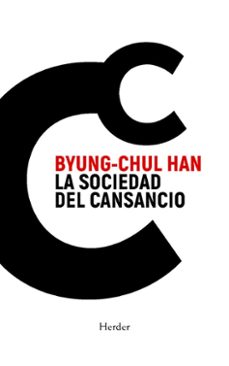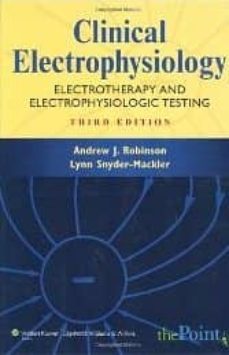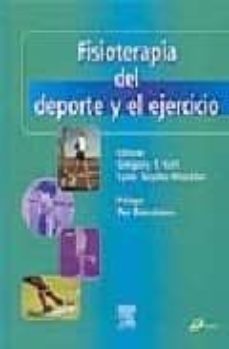Imprescindibles
Ficción
No Ficción
Ciencias y tecnología Biología Ciencias Ciencias naturales Divulgación científica Informática Ingeniería Matemáticas Medicina Salud y dietas Filología Biblioteconomía Estudios filológicos Estudios lingüísticos Estudios literarios Historia y crítica de la Literatura
Humanidades Autoayuda y espiritualidad Ciencias humanas Derecho Economía y Empresa Psicología y Pedagogía Filosofía Sociología Historia Arqueología Biografías Historia de España Historia Universal Historia por países
Infantil
Juvenil
#Jóvenes lectores Narrativa juvenil Clásicos adaptados Libros Wattpad Libros Booktok Libros de influencers Libros de Youtubers Libros Spicy Juveniles Libros LGTBIQ+ Temas sociales Libros ciencia ficción Libros de acción y aventura Cómic y manga juvenil Cómic juvenil Manga Shonen Manga Shojo Autores destacados Jennifer L. Armentrout Eloy Moreno Nerea Llanes Hannah Nicole Maehrer
Libros de fantasía Cozy Fantasy Dark academia Hadas y Fae Romantasy Royal Fantasy Urban Fantasy Vampiros y hombres lobo Otros Misterio y terror Cozy mistery Policiaca Spooky Terror Thriller y suspense Otros
Libros románticos y de amor Dark Romance Clean Romance Cowboy Romance Mafia y amor Romance dramatico Romcom libros Sport Romance Otros Clichés Enemies to Lovers Friends to Lovers Hermanastros Slow Burn Fake Dating Triángulo amoroso
Cómic y manga
Novela gráfica Novela gráfica americana Novela gráfica europea Novela gráfica de otros países Personajes, series y sagas Series y sagas Star Wars Superhéroes Cómics DC Cómics Marvel Cómics otros superhéroes Cómics Valiant
eBooks
Literatura Contemporánea Narrativa fantástica Novela de ciencia ficción Novela de terror Novela histórica Novela negra Novela romántica y erótica Juvenil Más de 13 años Más de 15 años Infantil eBooks infantiles
Humanidades Autoayuda y espiritualidad Ciencias humanas Economía y Empresa Psicología y Pedagogía Filosofía Historia Historia de España Historia Universal Arte Cine Música Historia del arte
Ciencia y tecnología Ciencias naturales Divulgación científica Medicina Salud y dietas Filología Estudios lingüísticos Estudios literarios Historia y crítica de la Literatura Estilo de vida Cocina Guías de viaje Ocio y deportes
LYNN SNYDER MACKLER
Recibe novedades de LYNN SNYDER MACKLER directamente en tu email
Filtros
Del 1 al 2 de 2
LIPPINCOTT-RAVEN 9780781744843
Organized by therapeutic goals, the Third Edition of this comprehensive textbook on electrotherapies provides a fundamental understanding of contemporary, evidence-based intervention and assessment procedures. The text takes a problem-oriented approach and recommends interventions consistent with both theory and the clinical efficacy of the intervention for specific, clearly identified clinical disorders.This edition has a new chapter on electrical stimulation and biofeedback for genitourinary dysfunction, including incontinence management in both women and men. All the intervention-based chapters have a new format that emphasizes evidence-based practice and practical application. Additional self-study questions are included in each chapter.NEW TO THIS EDITION:New chapter on Electrical Stimulation and Biofeedback for Genitourinary Dysfunction (Chapter 9) includes topics such as incontinence management in both women and men, and gives solid evidence to support or refute specific procedures.New organizationChapter on mechanisms of pain transmission and pain control with electrotherapy will be moved up to chapter 4 to make the first four chapters the theoretical basis for the clinical application chapters that follow.Chapter on electrophysiologic evaluation will become the last chapter (chapter 12) in order to enable students to meet core educational competencies.New chapter format for the intervention chapters (chapters 5-11) adds consistency and clarity to emphasize evidenced-based practice and practical application.Additional self-study questions are included in each chapter to enhance understanding of key concepts.New emphasis on evidence-based preferential practice patterns.
Ver más
Tapa dura
ELSEVIER ESPAÑA, S.A. 9788481747225
Reúne toda la información de interés, diagnóstico, prevención y tratamiento, sobre la terapia física en el deporte y el ejercicio. - Esta obra enfatiza mucho la prevención, ya que las lesiones por sobreuso, cada vez más frecuentes y con una alta complejidad, se pueden evitar en la mayoría de los casos con la prevención adecuada. - Se revistan también los factores psicológicos que afectan a la rehabilitación del deportista, remarcando el rol del fisioterapeuta en la aplicación de técnicas cognitivo-conductuales de ayuda a la recuperación. - Ofrece una visión general de las urgencias médicas más comunes en el deporte y el ejercicio y del rol que los fisioterapeutas deben asumir en el tratamiento de primeros auxilios de las mismas.
Ver más
Tapa dura
Del 1 al 2 de 2
























